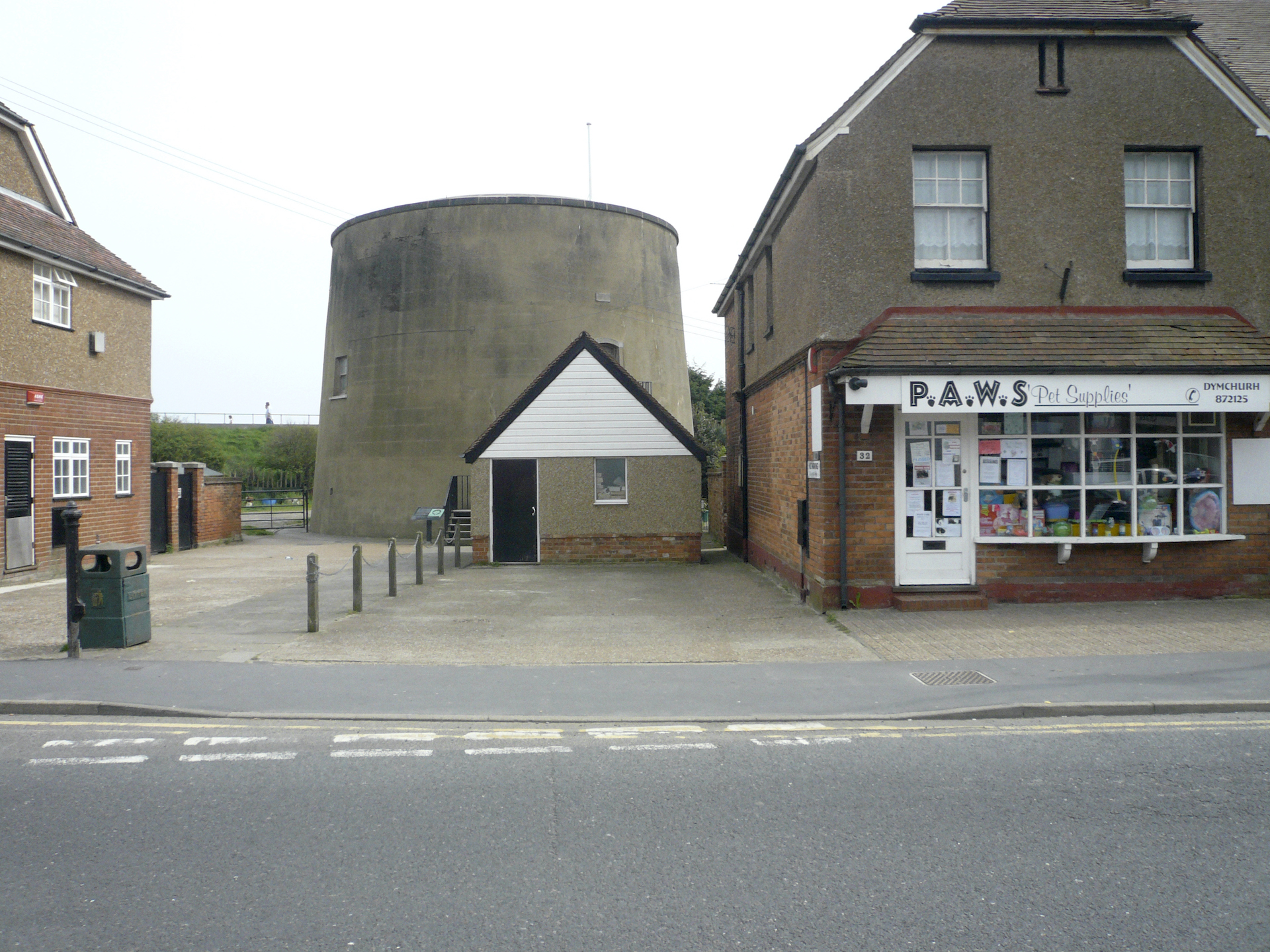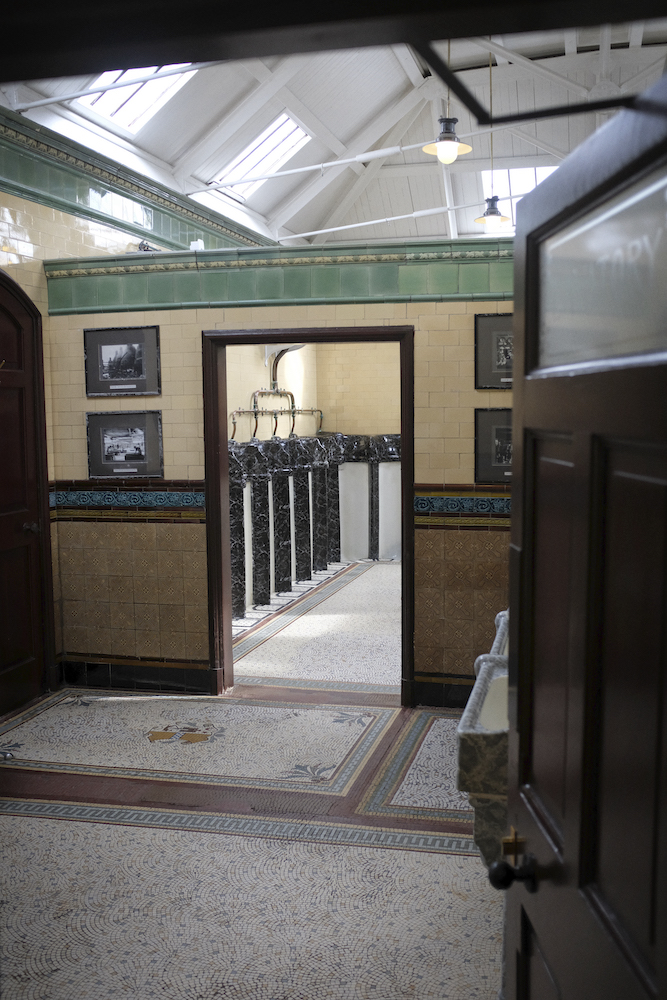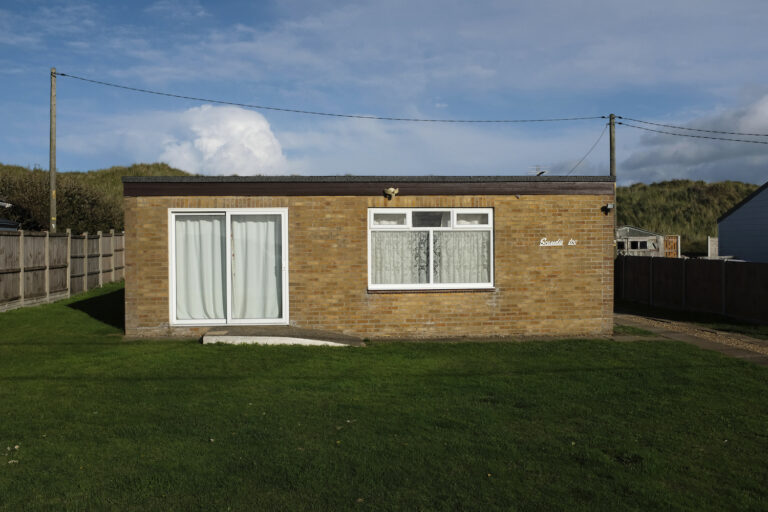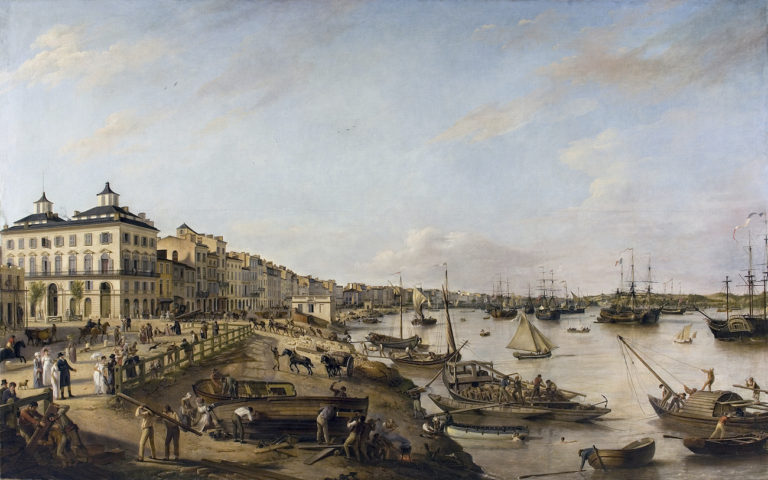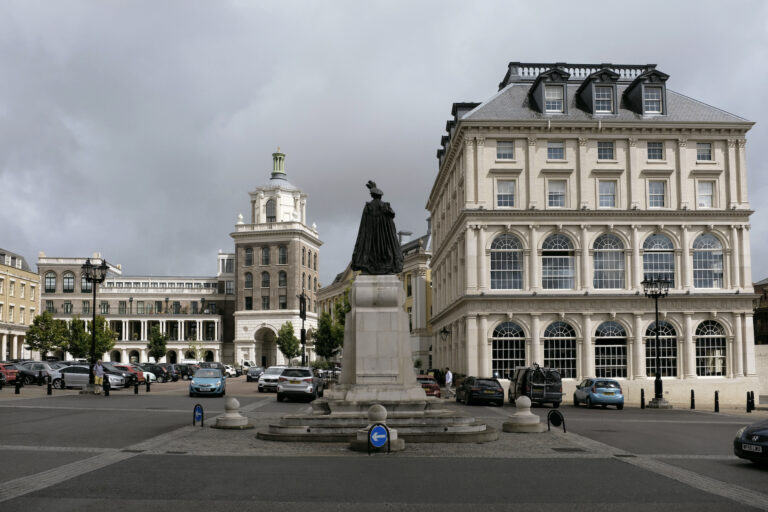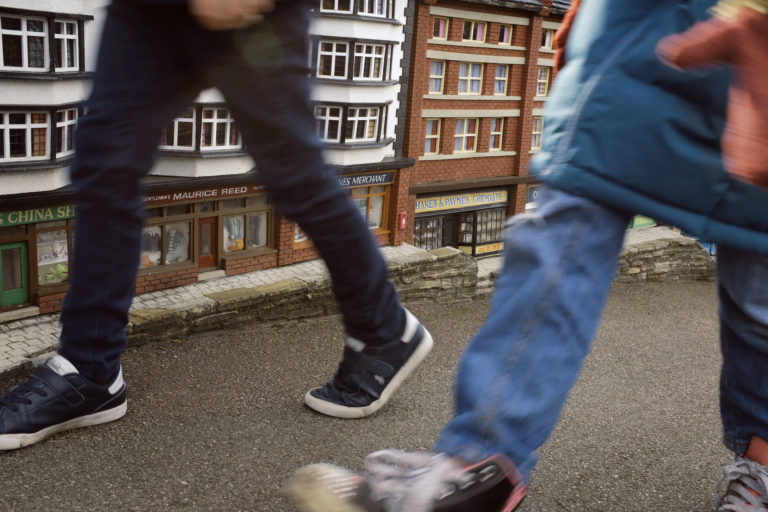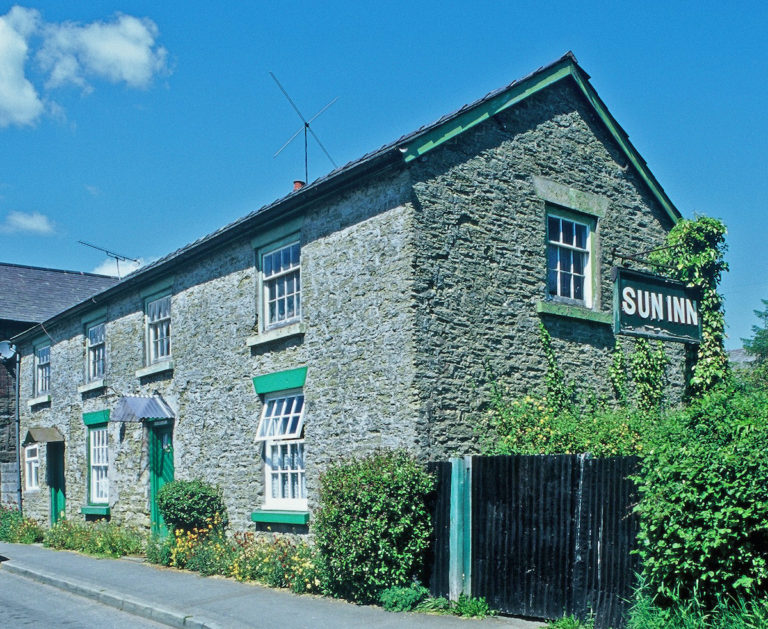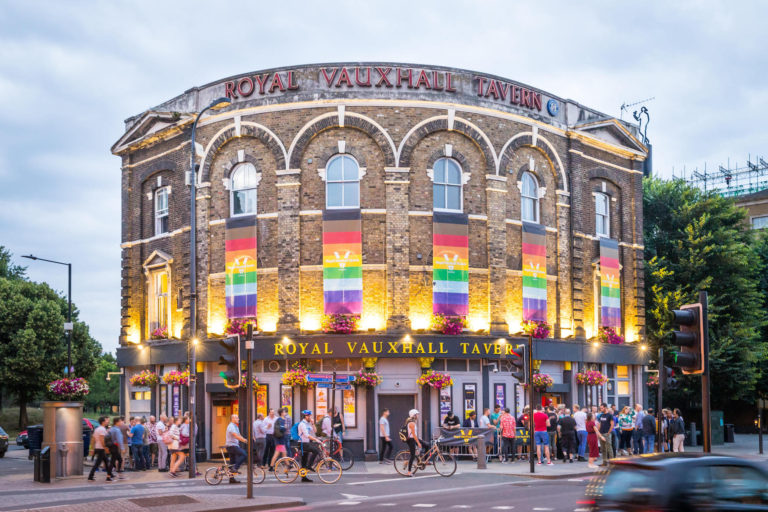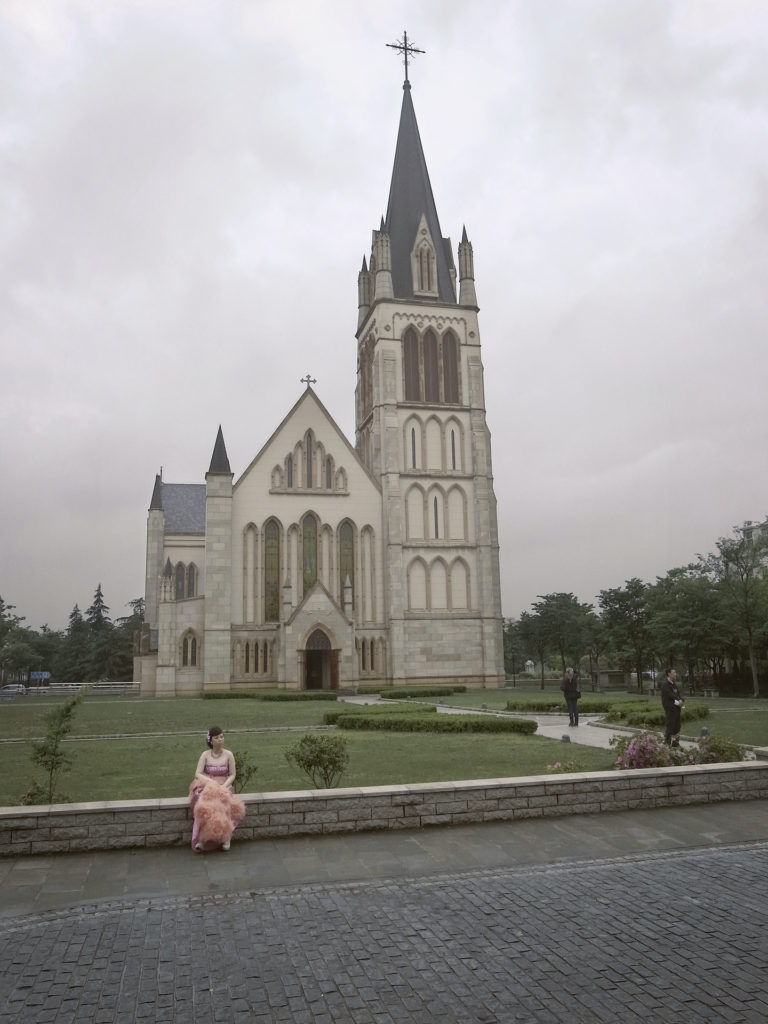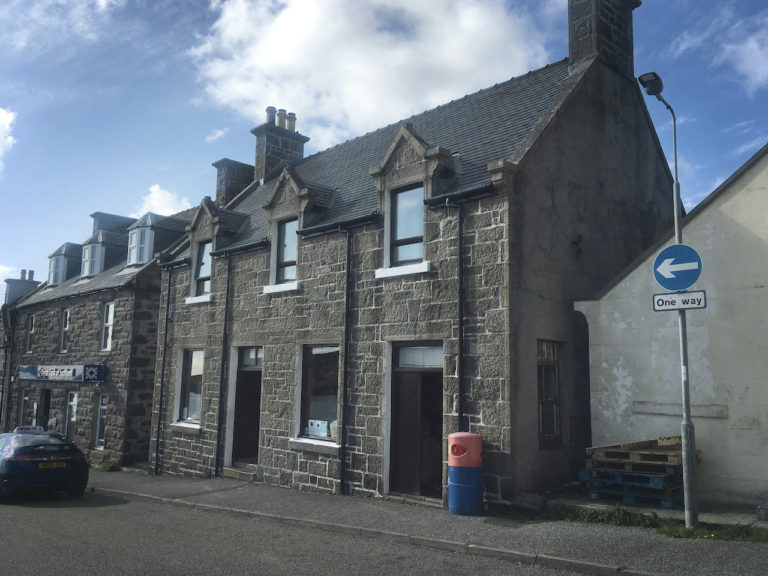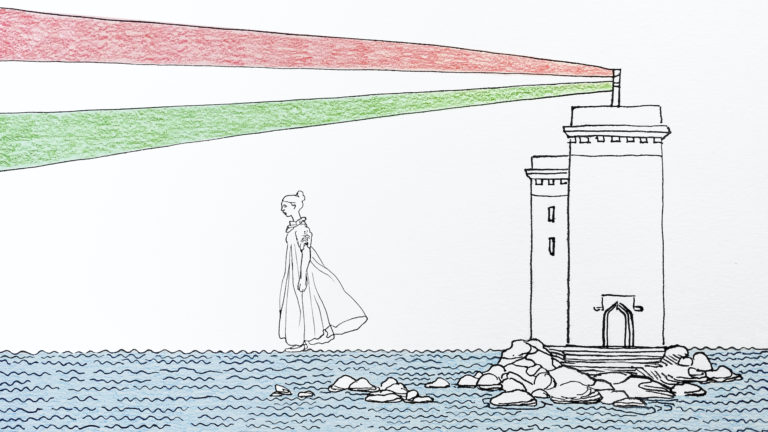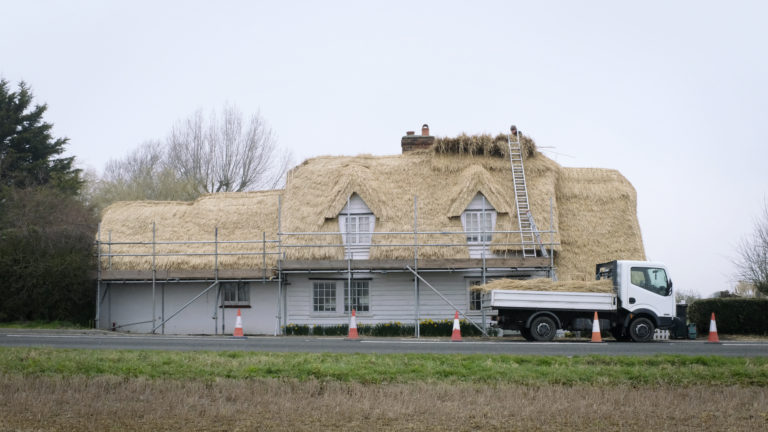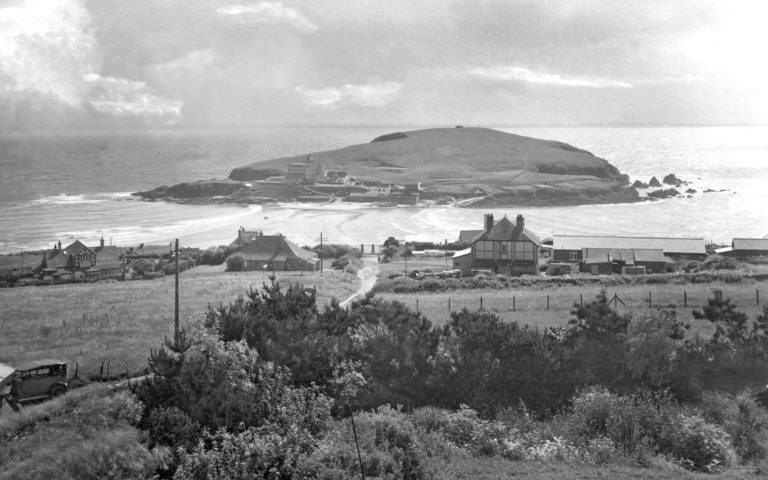MARTELLO TOWERS I South Coast. Folkestone to Seaford, England
Stumpy forts built to keep Boney out
These towers are either pig ugly concrete bunkers above ground or historically important buildings with a clean simplicity of form. Either way they remind us that Britain is an island nation and any invaders would therefore have had to come by sea. The original inspiration for these defensive coastal forts was a Corsican construction called: Mortella. In 1794 the one and only Vice-Admiral Lord Hood was sent to capture Corsica, as you do. He and his men were kept at bay for a couple of days by the 16th century Mortella Tower which so impressed them they decided to copy the design. Why they switched the ‘o’ and the ‘a’ around is anyone’s guess, maybe they just misheard the name over the gunfire. The Brits went on to build approximately 200 towers around the Empire from St Helena to Sri Lanka. Where they still exist abroad they sit like old dowager aunts watching the modern world change around them.
The biggest building programme was a chain of towers, around the south coast of England to protect Blighty from Bonaparte. The majority of these were constructed from 1805 -1809 between Folkestone, No.1 Tower, and Seaford, No. 74 Tower. They form a curious historical thread that runs along this coast, they exist in parallel to our lives but you have to seek them out. Some are brazen, like No.3 Tower in Folkestone. Some are a bit shy like No.6 which hides behind housing deeply embedded in a wood above the sea. Others, like No. 4, seem to be fast disappearing under a riot of greenery despite being right on the main drag. Even though they were all born from the same vision, different purposes and different lives have given them all unique characters. Visiting them is especially rewarding, since some of them can be a bastard to find.
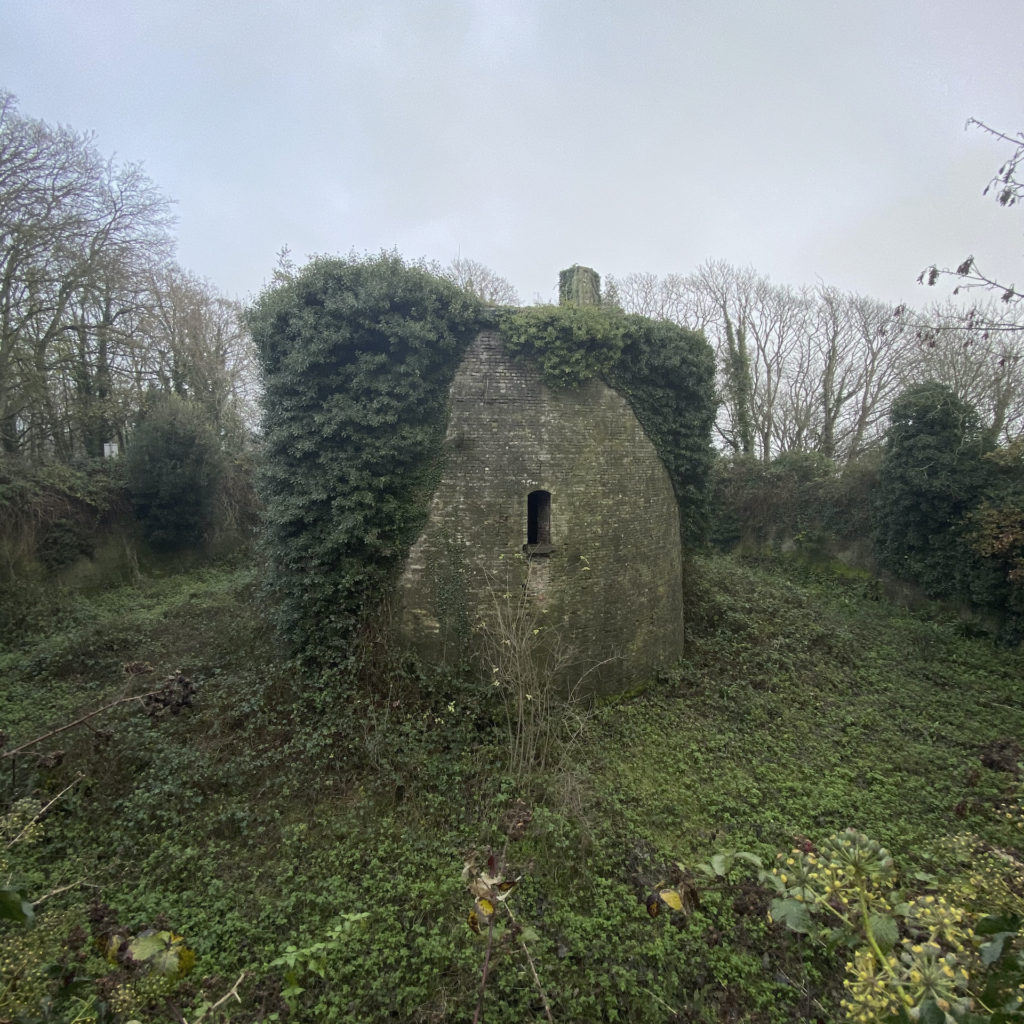
Tower No.6 Sandgate
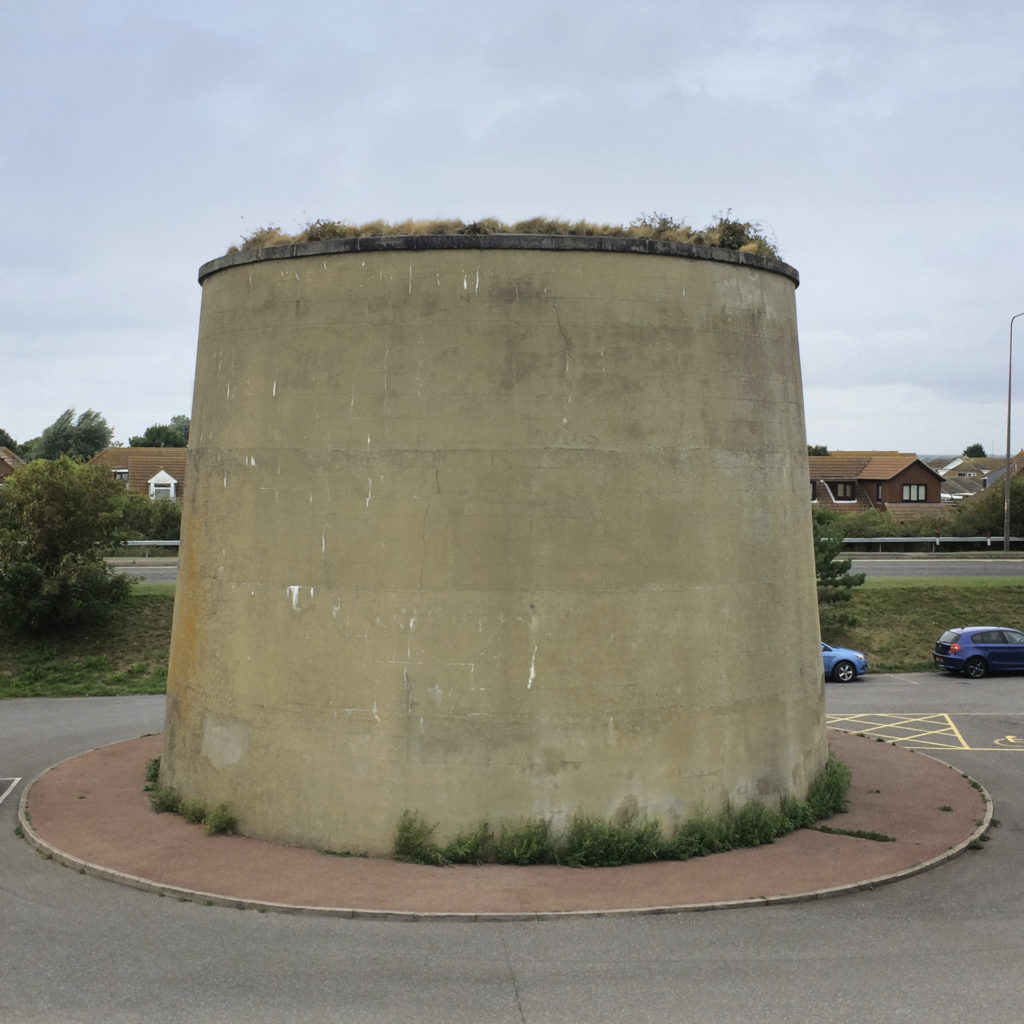
Tower No.25 Dymchurch
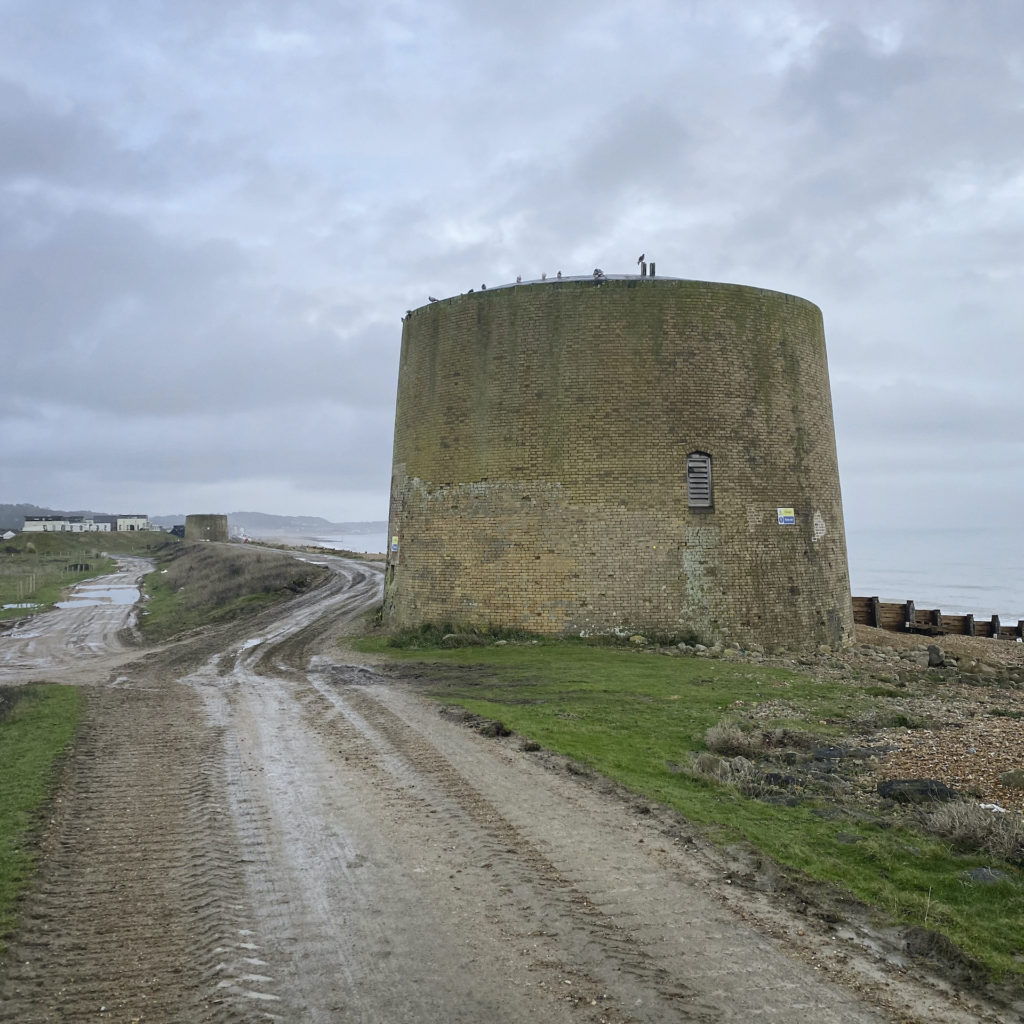
Towers No.14 and 15 Hythe
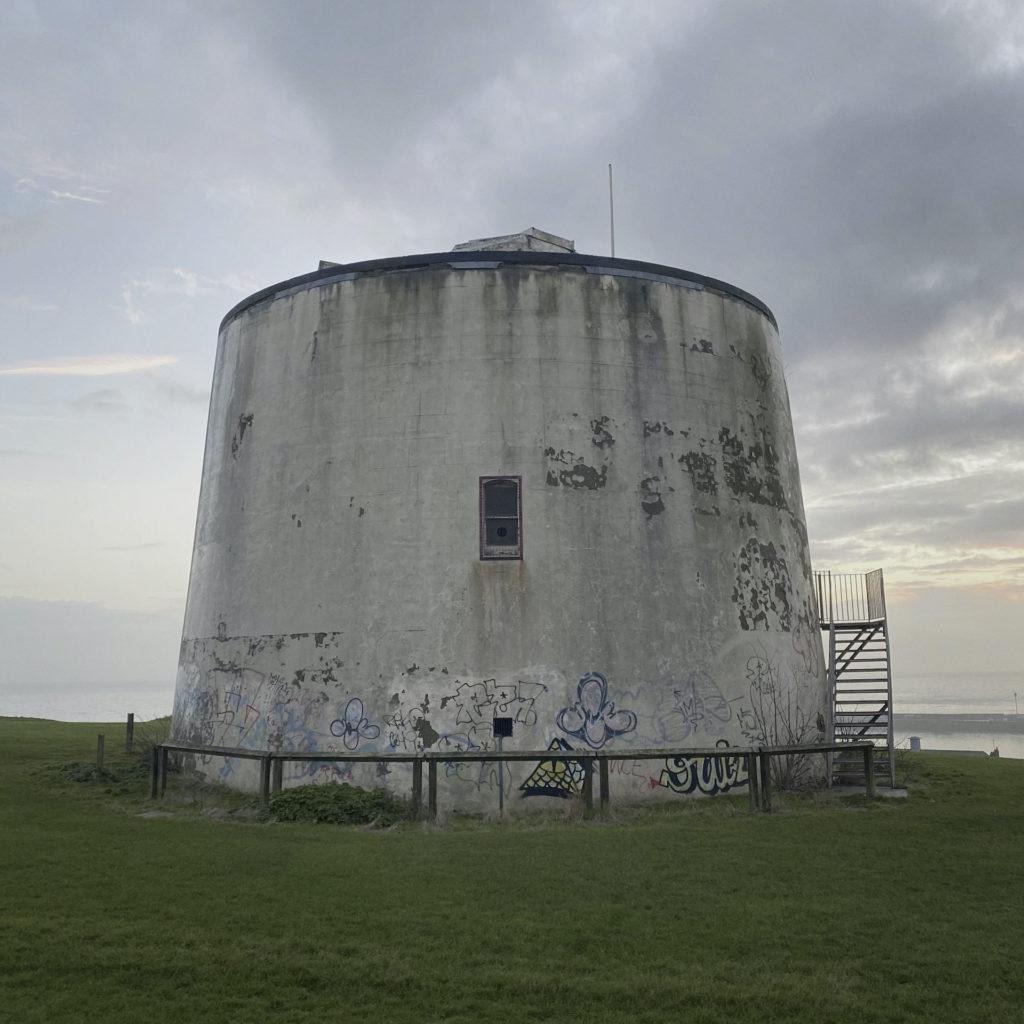
Tower No.3 Folkestone
The basic design was normally an implacable round exterior containing three floors. A basement/ground floor for stores, first floor for living quarters and a gun platform on the roof for the serious business of keeping the French hordes out. However the enemy’s rifled artillery gradually made the Martellos obsolete. Their new guns had reshaped barrel interiors that provided enough velocity to break through the towers’ eight feet thick walls. Some Martellos were re-purposed almost immediately to keep smuggling in check and during WW2 the towers had a brief renaissance for observation and as gun emplacements. Of the 74, 26 remain which is perhaps surprising since they are kind of hard to reuse. They are very hard to remove though. Some are now museums like No. 24 in Dymchurch, some have collapsed like No. 19 at Hythe. At least two have planning permission to be turned into holiday homes which probably suits our new found love of staying in quirky accommodation for a couple of summer weeks. Many though are still semi-derelict, rifled artillery or not, they sit quietly in the corner while the ivy winds it’s way around them, maybe they are dreaming about Napoleon.
Explore in more depth on Peter Faulkner’s site here
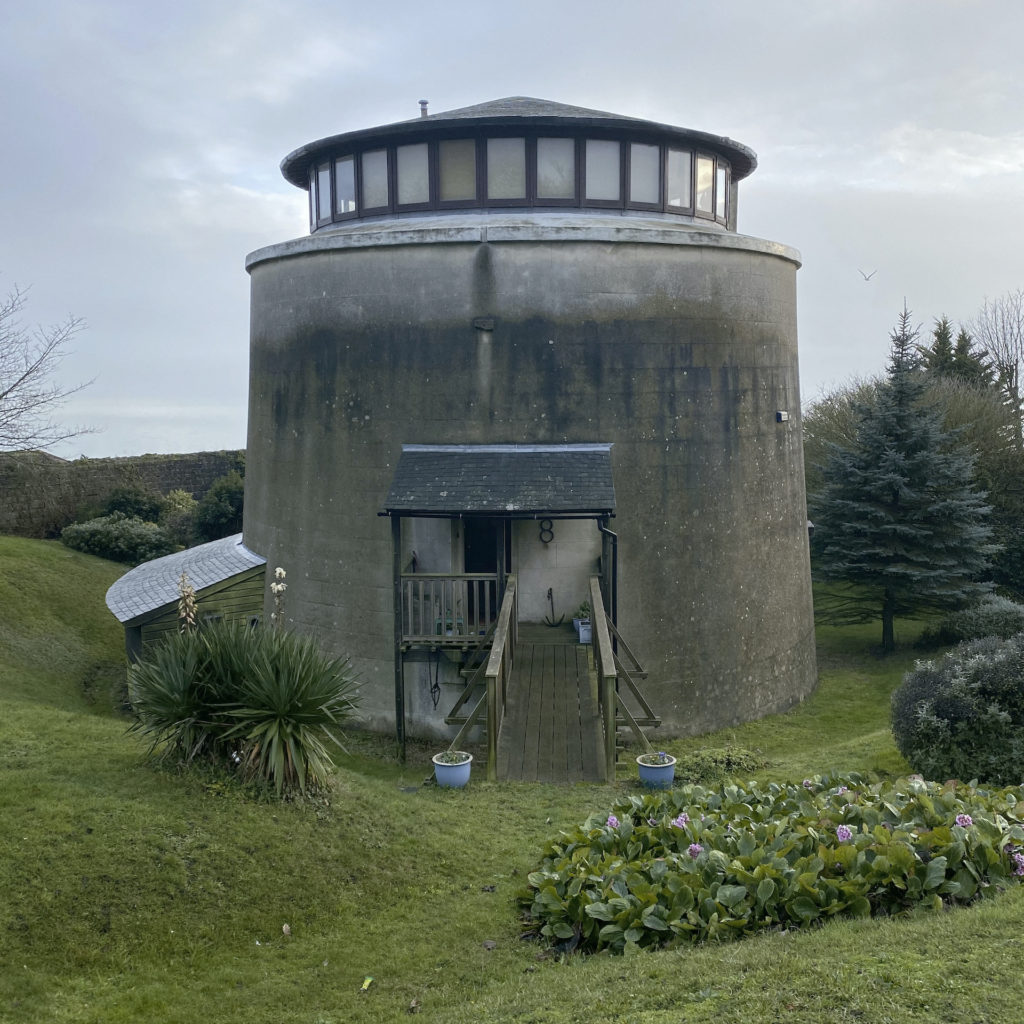
Tower No.8 Sandgate
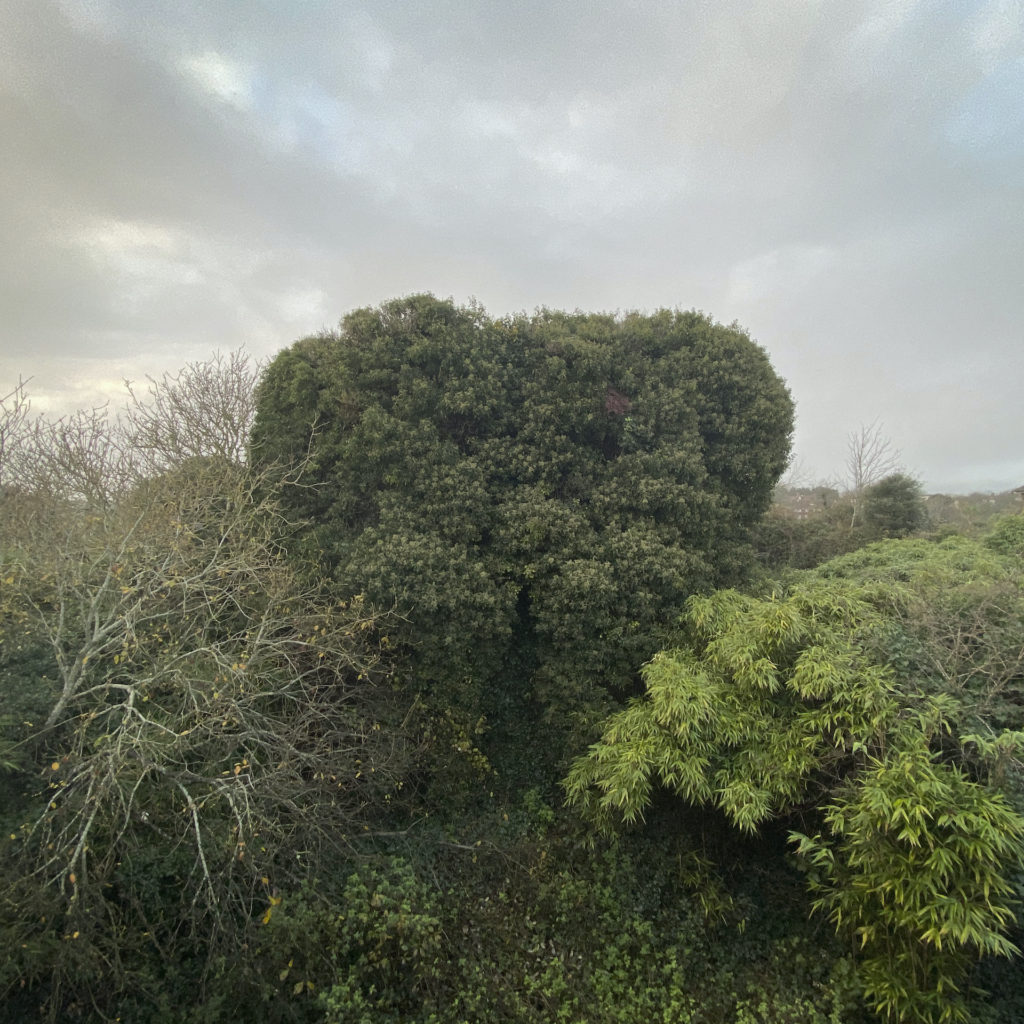
Tower No.4 Folkestone
